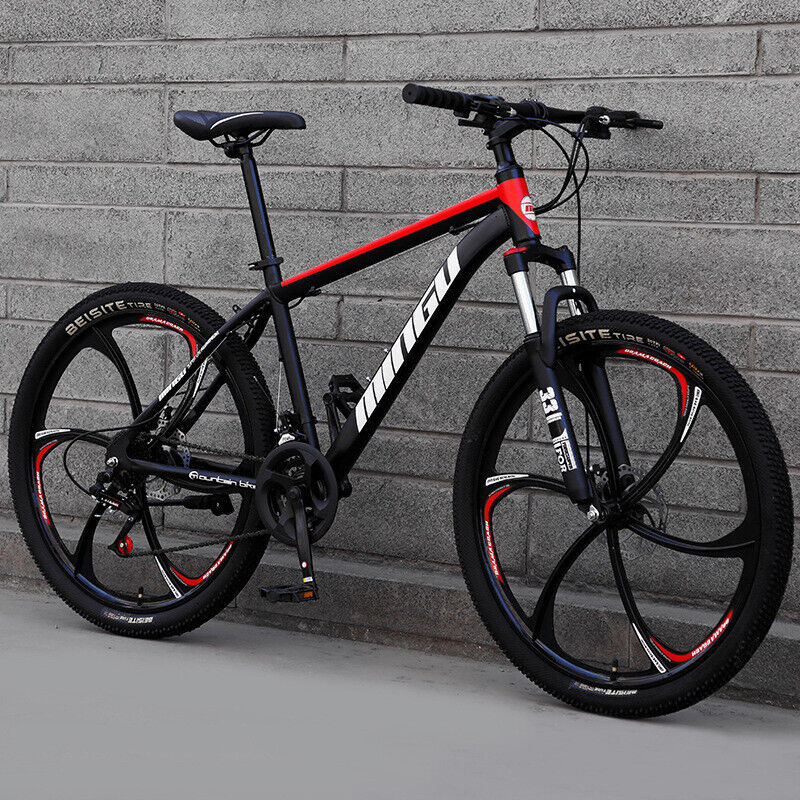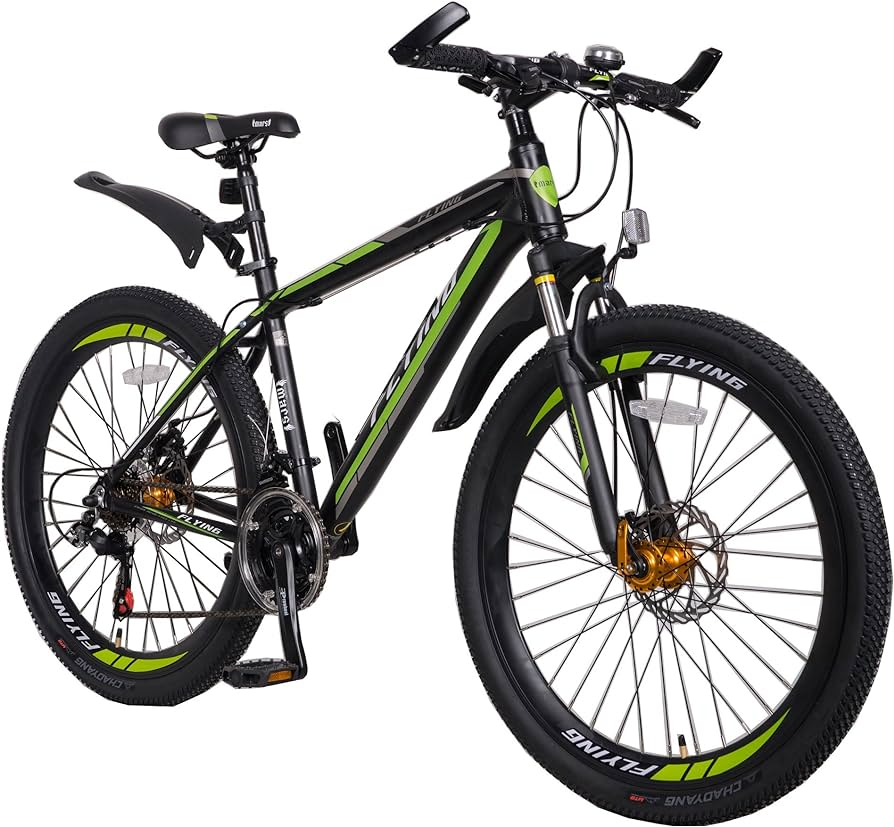Introduction
Mountain biking is an exhilarating outdoor activity that combines adventure, fitness, and exploration. Whether you’re cruising through scenic trails or tackling challenging terrain, having the right mountain bike is essential for an enjoyable and safe riding experience. With a wide range of options available, choosing the perfect bike can be overwhelming for beginners. In this comprehensive guide, we’ll walk you through the process of selecting the right mountain bike to suit your riding style, preferences, and budget.
Understanding Different Types of Mountain Bikes
Before diving into the specifics of choosing a mountain bike, it’s important to understand the different types available and their intended purposes. Mountain bikes are broadly categorized into several types, each designed for specific terrain and riding styles:
Cross-Country (XC) Bikes
XC bikes are lightweight and efficient, designed for long rides and endurance racing. They excel at climbing and offer nimble handling on smooth trails.
Trail Bikes
Trail bikes strike a balance between climbing ability and downhill performance, making them versatile for a variety of trail conditions. They typically feature moderate suspension travel and are suitable for recreational riders and intermediate trails.
Enduro Bikes
Enduro bikes are built for aggressive riding and technical descents. They feature longer suspension travel and robust components to tackle challenging terrain and steep drops.
Downhill (DH) Bikes
DH bikes are designed for high-speed descents and extreme terrain. They boast full suspension with generous travel and robust construction to withstand the rigors of downhill racing and freeride riding.
Determining Your Riding Style and Terrain
Once you’re familiar with the different types of mountain bikes, consider your riding style and the type of terrain you’ll be tackling most frequently. Ask yourself the following questions to narrow down your options:
- What kind of trails do you plan to ride? Are they smooth and flowy, or rocky and technical?
- Do you enjoy climbing and long-distance rides, or are you more interested in downhill thrills?
- Will you be exploring cross-country trails, hitting bike parks, or venturing into backcountry wilderness?
By understanding your riding preferences and intended terrain, you can narrow down your choices and focus on the most suitable mountain bike categories.
Budgeting for Your Mountain Bike Investment
Mountain bikes come in a wide range of price points, from budget-friendly entry-level models to high-end performance machines. Before making a purchase, it’s important to establish a budget that aligns with your financial situation and riding aspirations. Consider the following factors when budgeting for your mountain bike:
- Determine your maximum budget based on your financial resources and commitment to the sport.
- Factor in additional costs for essential accessories such as a helmet, gloves, and hydration pack.
- Decide whether you prefer buying a new bike or exploring the used market for cost savings.
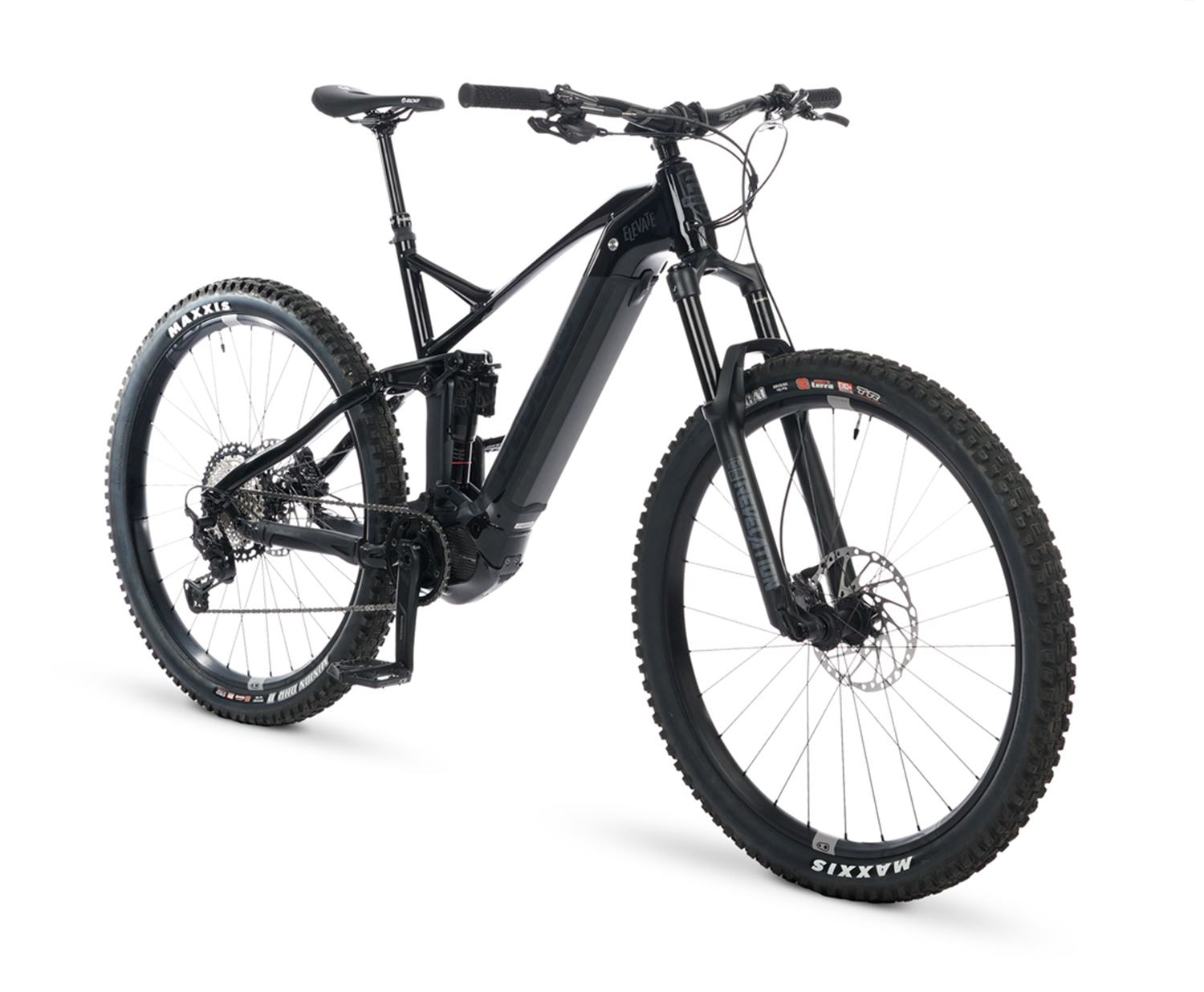
While it’s tempting to splurge on the latest top-of-the-line model, remember that there are excellent options available at every price point. Focus on finding a bike that offers the best value for your budget and meets your specific needs.
- Assessing Bike Fit and Sizing A properly fitting mountain bike is essential for comfort, control, and performance on the trail. Before making a purchase, take the time to assess bike fit and sizing to ensure a comfortable and efficient riding experience. Consider the following aspects of bike fit:
- Frame Size: Choose a frame size that corresponds to your height and inseam measurement. Most manufacturers provide sizing charts to help you determine the correct frame size for your body proportions.
- Standover Height: Ensure that there is sufficient clearance between the top tube and your inseam when straddling the bike with both feet flat on the ground.
- Reach and Handlebar Width: Opt for a handlebar width that matches your shoulder width for optimal control and comfort. Adjust the stem length and handlebar height to achieve a comfortable riding position.
- Suspension Setup: Adjust the suspension settings to accommodate your weight, riding style, and terrain conditions. Experiment with different settings to find the ideal balance of comfort and performance.
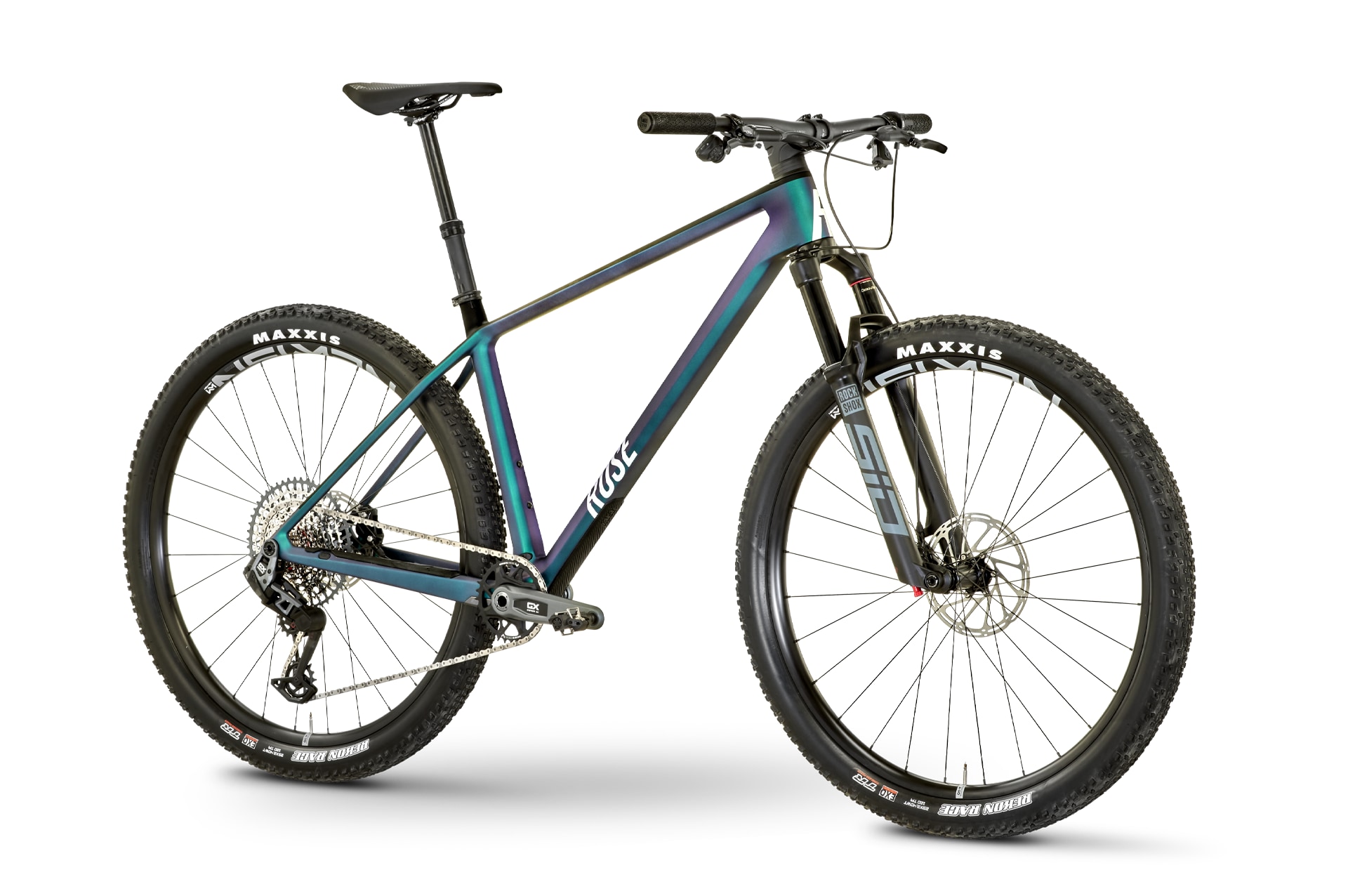
If possible, test ride multiple bikes in different sizes to compare fit and handling characteristics. A bike that feels comfortable and intuitive to ride is more likely to inspire confidence and enjoyment on the trail.
Considering Frame Materials and Construction
Mountain bike frames are typically constructed from aluminum, carbon fiber, steel, or titanium, each offering unique characteristics in terms of weight, stiffness, durability, and ride quality. Consider the following factors when evaluating frame materials:
- Aluminum: Aluminum frames are lightweight, affordable, and durable, making them a popular choice for entry-level and mid-range mountain bikes. They offer excellent stiffness and responsiveness for efficient power transfer.
- Carbon Fiber: Carbon fiber frames are prized for their exceptional strength-to-weight ratio and vibration damping properties. They provide a smooth and comfortable ride quality, ideal for long-distance riding and aggressive terrain. However, carbon frames tend to be more expensive than aluminum counterparts.
- Steel: Steel frames are known for their durability, compliance, and classic aesthetics. They offer a supple ride quality that absorbs vibrations and impacts, making them suitable for rough trails and bikepacking adventures. While heavier than aluminum and carbon frames, steel frames are prized for their resilience and longevity.
- Titanium: Titanium frames combine the lightweight properties of aluminum with the durability and compliance of steel. They offer a lively and responsive ride quality, with superior corrosion resistance and fatigue life. However, titanium frames are rare and tend to command a premium price.
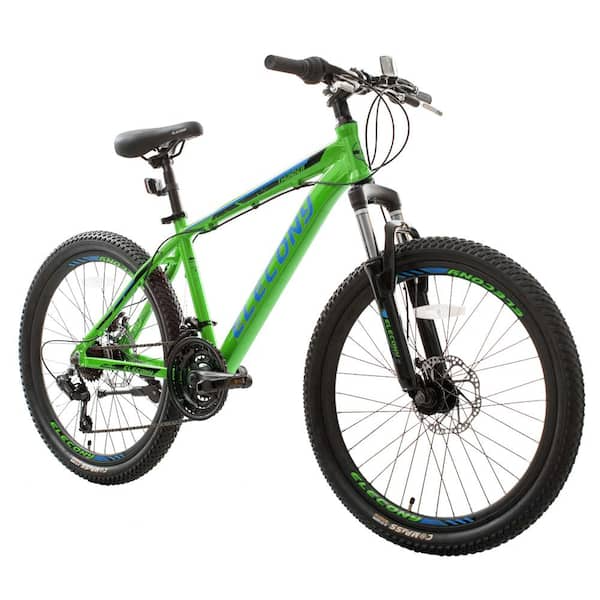
Consider your riding preferences, budget, and long-term goals when choosing the ideal frame material for your mountain bike. Each material has its advantages and trade-offs, so weigh the pros and cons carefully before making a decision.
Selecting the Right Components and Features
In addition to frame material, consider the components and features that contribute to the performance and functionality of your mountain bike. Pay attention to the following key components when evaluating different models:
- Drivetrain: Choose a drivetrain that suits your riding style and terrain, whether it’s a wide-range 1x system for simplicity and efficiency, or a traditional 2x or 3x setup for a broader gear range.
- Suspension: Consider the type and amount of suspension travel that best matches your riding style and terrain. Look for features such as adjustable rebound, compression, and lockout settings for fine-tuning suspension performance.
- Brakes: Opt for hydraulic disc brakes for reliable stopping power and modulation in all weather conditions. Consider the rotor size and brake pad compound to tailor braking performance to your riding needs.
- Wheels and Tires: Select wheel size (27.5″, 29″) and tire width (2.2″, 2.4″) based on your riding preferences and terrain. Choose tires with appropriate tread pattern and sidewall protection for traction, durability, and puncture resistance.
Additionally, consider optional features such as dropper seatposts, tubeless tire setups, and electronic shifting systems for enhanced performance and convenience. Customize your bike with components that match your riding goals and budget, and don’t hesitate to seek advice from experienced riders or bike shop professionals.
Researching and Test Riding Potential Bikes
With a solid understanding of your riding preferences and budget, it’s time to research and test ride potential mountain bikes to find the perfect match. Start by browsing manufacturer websites, online forums, and review sites to learn about different models, specifications, and user experiences. Consider the following tips when researching and test riding bikes:
- Visit local bike shops to explore a wide selection of mountain bikes and receive expert guidance from knowledgeable staff.
- Test ride multiple bikes in different categories and sizes to compare fit, handling, and performance on various trails.
- Pay attention to details such as frame geometry, suspension kinematics, and component spec to identify the bike that best aligns with your needs and preferences.
- Take advantage of demo events and rental programs to experience a broader range of bikes before making a final decision.
Conclusion
Choosing the right mountain bike is an exciting and rewarding process that requires careful consideration of your riding style, preferences, and budget. By understanding the different types of mountain bikes, assessing your riding needs, and researching potential options, you can find a bike that delivers optimal performance and enjoyment on the trail. Remember to prioritize fit and comfort, invest in quality components, and seek advice from experienced riders and bike professionals. With the right mountain bike by your side, you’ll be ready to embark on countless adventures and explore the great outdoors with confidence and enthusiasm. Happy riding!

